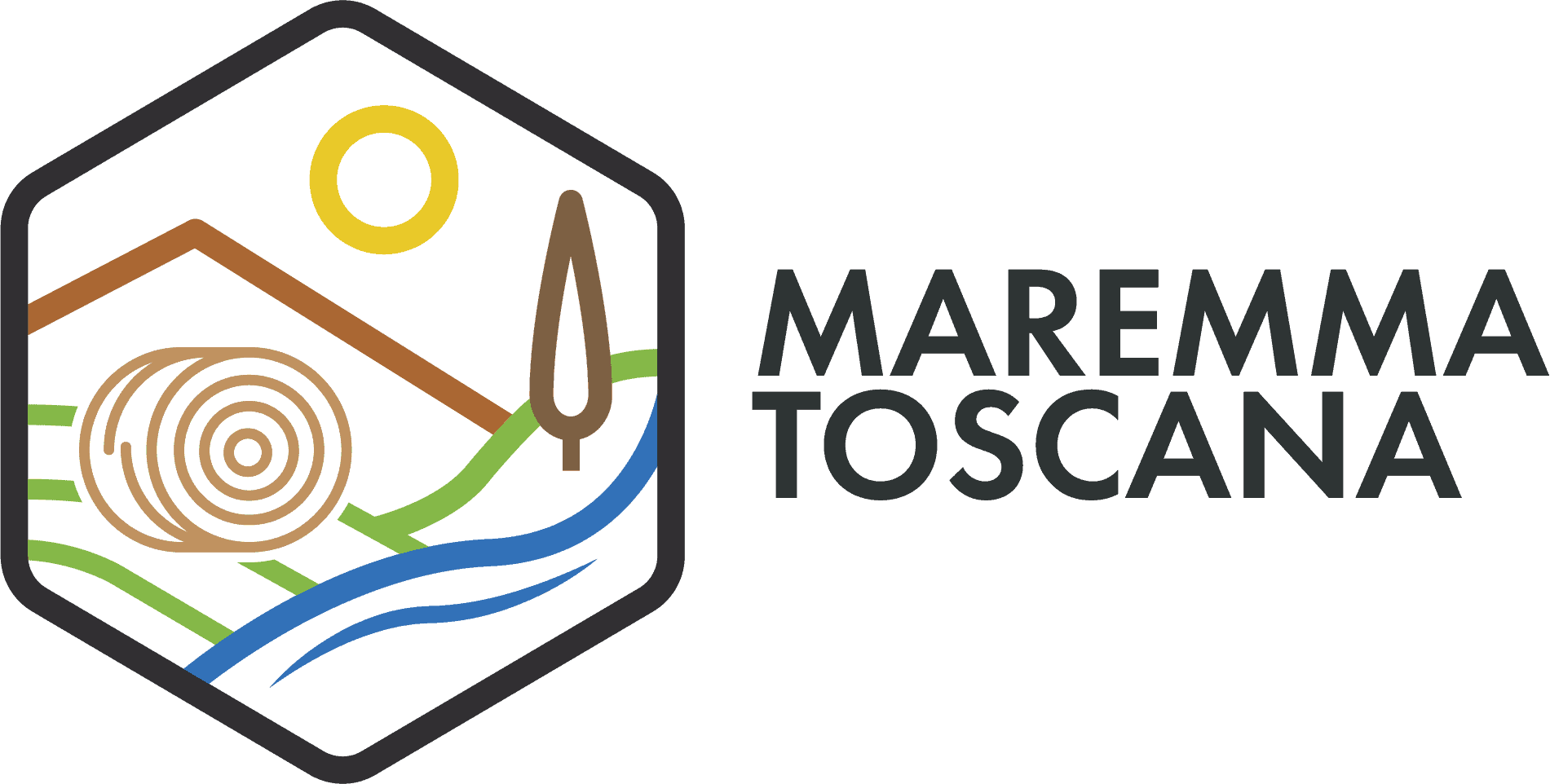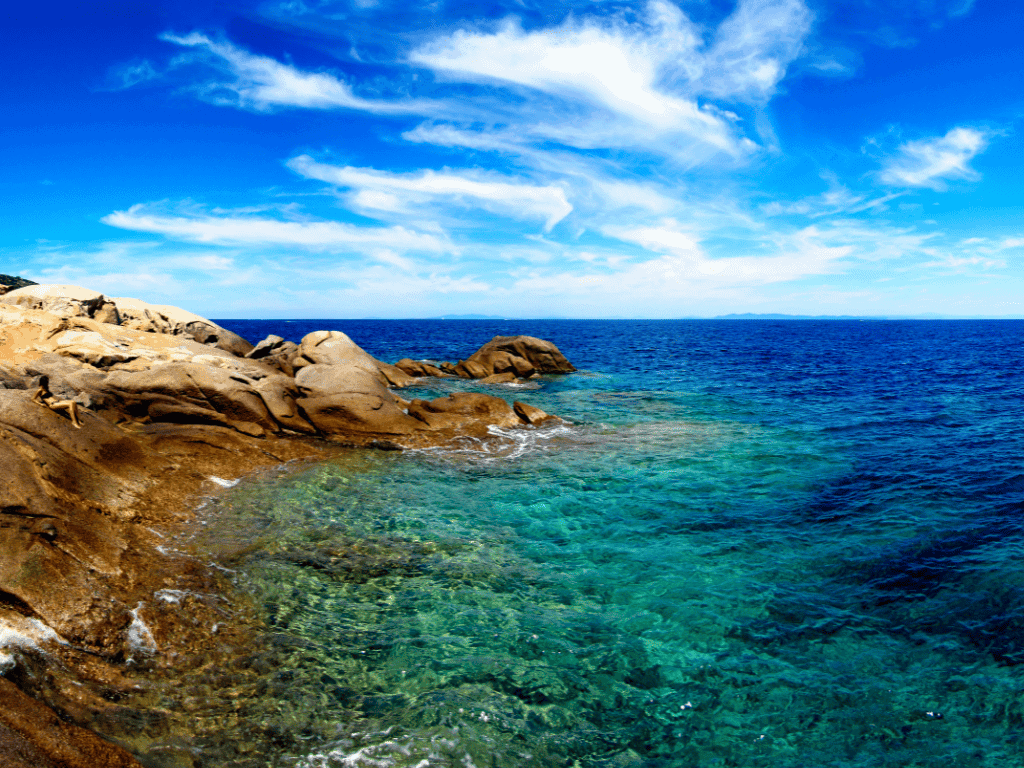Tuscan Archipelago National Park
The Tuscan Archipelago is a national park located off the coast of the Tuscan Maremma, protecting numerous smaller islands and seven larger islands in the protected area: Elba, Giglio, Capraia, Gorgona, Pianosa, Montecristo and Giannutri.
Created in 1996, the Tuscan Archipelago National Park is the largest marine park in the entire old continent, protecting an area of approximately 17,887 hectares of land and 56,766 hectares of sea in front of the coasts of the Tuscan Maremma, in the provinces of Grosseto and Livorno. It is located in the Tyrrhenian Sea and is made up of seven islands: Elba, the largest and most varied, Gorgona, the smallest, Capraia, the most distant, Pianosa, the flattest, Monte Cristo (nature reserve since 1971), the most uncontaminated , Giannutri and Giglio, the most southern. Also included in the protected area are several smaller islets such as the Formiche di Grosseto and some rocks scattered between Tuscany and Corsica. The Tuscan Archipelago extends for a total of 300 km2 and is inhabited by around 30,000 people, mostly residents of the Island of Elba. The territory included in the park, never overly inhabited, is almost intact, with still uncontaminated environments, where the vegetation appears in all its colorful splendor. The islands of Capraia, Pianosa, Gorgona, Montecristo and Elba belong to the Province of Livorno, therefore to the Livorno Maremma, corresponding, in part, to the Etruscan Coast. The islands of Giannutri e Giglio are located in front of the promontory of Monte Argentario, on the Silver Coast, belongs to the Province of Grosseto, therefore the Maremma Grossetana, and are both easily reachable from the central pier of Porto Santo Stefano by means of convenient and frequent daily navigation services.
The purpose of the Tuscan Archipelago National Park is to safeguard and protect the islands and the sea to try to keep the rich faunal and floristic heritage unchanged as much as possible.
During the Ice Age, the islands of the Tuscan Archipelago were connected to the mainland. The presence of man is very ancient (around 50,000 years ago), as evidenced by the numerous archaeological finds discovered and the deposits of iron minerals exploited already by the Etruscans and then by the Romans. Each island has a different and complex geological formation, which has determined unique morphological characteristics for each: calcareous Pianosa and Giannutri, granitic-limestone Elba and Giglio, volcanic Capraia, granitic Montecristo and Gorgona. The islands, although different from each other, have one main feature in common: the spectacular wild nature of the landscape.
The Flora and Fauna of the Tuscan Archipelago National Park
The flora and fauna of the park are unique in their kind, creating a variety of natural environments with many habitats populated by various forms of life. The predominant vegetation in the park is made up of the very fragrant Mediterranean scrub (like almost all of the Tuscan Maremma), in which numerous wild rabbits, perfectly adapted Sardinian mouflons and other land mammals typical of the Mediterranean environment can be found. There are many species of migratory birds that choose the Maremma islands as a resting and nesting point; colonies of shearwaters and seagulls stand out, including the rare Corsican gull – protected by European directives – which is the most authentic symbol of the Tuscan Archipelago National Park.
The Birth of the Tuscan Archipelago
It was early morning when Zeus called his daughter Aphrodite, goddess of love and beauty. The woman woke up with a start and tried to put on the necklace that Paris had given her. But in the rush the thread broke and the pearls rolled away. Seven slipped into the Tyrrhenian Sea and the islands of the Tuscan Archipelago were thus formed.
In the national park it is possible to practice various water sports, such as sailing and kayaking. The spectacular marine environment, very rich and delicate, is the center of numerous underwater excursions due to the beauty of the seabed; it is included in the Sanctuary for the Pelagos Marine Mammals of the Mediterranean which protects, in addition to the beautiful sea of the Tuscan Archipelago, also a vast area of the upper Tyrrhenian Sea.
Visit the islands of Giglio and Giannutri of the Tuscan Archipelago National Park
Discover the fantastic mini-cruises in this part of the national park
Resources on the Tuscan Archipelago National Park
- Tuscan Archipelago National Park – Official website of the Tuscan Archipelago National Park Authority.
- Tuscan Archipelago National Park – Parks.it – Useful information on the Tuscan Archipelago in the Italian parks portal.


